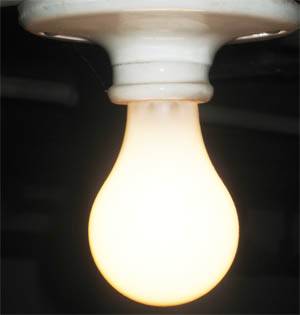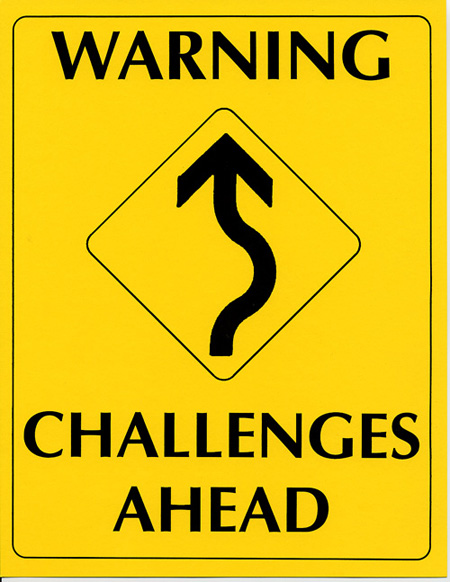by Midnight Freemason Contributor
Bro. Rob Walk Jr.
As I turned onto Orville Road via Eastern Avenue I was only a tad bit nervous. Just enough to grab the shifter of my bean can of a car with three white knuckles tightly clenched around it. As I rounded that corner I felt the caffeine stimulating my hyper-sensitive nerves to the point where I could feel my heart nearly beat out of my chest. At least it was pretty outside. Today is the day that I would return all three degrees' catechisms, in a row, to the Deputy Grand Lecturer, Past Master Gus Vorvoulas.
 I always saw him as sort of a mythical creature. Not dissimilar to a jade Buddha statue in the deep thick of a middle-of-nowhere forest. I only saw him during officer line
practices, and maybe one stated meeting every two months. Somehow
everyone always spoke of this Past Master. One Brother that I met far
and away from our lodge even told me to tell him, "hi Deputy" in his
name! Who was this man, really? And just the fact that the first time
we would have a serious one-on-one would be a very brain-tingling return
of the degrees was nerve-wracking!
I always saw him as sort of a mythical creature. Not dissimilar to a jade Buddha statue in the deep thick of a middle-of-nowhere forest. I only saw him during officer line
practices, and maybe one stated meeting every two months. Somehow
everyone always spoke of this Past Master. One Brother that I met far
and away from our lodge even told me to tell him, "hi Deputy" in his
name! Who was this man, really? And just the fact that the first time
we would have a serious one-on-one would be a very brain-tingling return
of the degrees was nerve-wracking!Up until now I was highly dedicated to the catechisms. Word-for-word I would repeat the answers to the questions during my breaks and downtime at work. I knew them like I knew my own face. What would save me on this day, however, was the fact that I also memorized the questions preceding them. I was able to go through the whole series, open to close, on my drives to and from work…but then I was Raised.
I became proficient in the 3rd Degree and more or less dropped the work. I became dedicated to what was happening within the walls of our building. The socializing, prepping for dinners, and learning the floor work for Senior Steward became my primary focus. The catechisms were, in so few words, behind me. I was then approached by the Worshipful Master to do catechism instruction. I had confidence I could completely it, but several weeks went by before I could meet with the Deputy Grand Lecturer to "certify" with him. By the time I was able to schedule our appointment with Past Master Gus, I very hurriedly had to look over my ritual monitor again. His only chance to meet would be -- you guessed it -- that very day.
 I panicked inside, heart trembling, because I knew that enough time had gone by that I wouldn't remember all three 100%. I sat in the parking lot of the high school, waiting for my wife to come out. It was nearly the end of her day. I enjoy taking her to work on my days off. Today however I must have texted her four times trying to figure out if she was on her way. I nearly flew home and scarfed down my dinner in anticipation of my meeting with Gus. I drove down I-95 onto Eastern Avenue and right onto Orville Road. This was it. I came around the turn, eyes wide open staring at the rather ornate square and compasses that adorn our lodge hall. And as soon as I saw that I also saw the front end of Past Master Gus's car. He was outside waiting on me. ::Gulp::
I panicked inside, heart trembling, because I knew that enough time had gone by that I wouldn't remember all three 100%. I sat in the parking lot of the high school, waiting for my wife to come out. It was nearly the end of her day. I enjoy taking her to work on my days off. Today however I must have texted her four times trying to figure out if she was on her way. I nearly flew home and scarfed down my dinner in anticipation of my meeting with Gus. I drove down I-95 onto Eastern Avenue and right onto Orville Road. This was it. I came around the turn, eyes wide open staring at the rather ornate square and compasses that adorn our lodge hall. And as soon as I saw that I also saw the front end of Past Master Gus's car. He was outside waiting on me. ::Gulp::We both stood up out of our cars, gave a rather "healthy" grip, and he finagled the door of the lodge open with his very "janitorial" looking key. This really could not have gone any slower. I felt the beads of sweat drip down my chest under my windbreaker. We took three steps into the lodge as he said, "would you lock that door behind you?" And his words reverberated through my skull like a judge telling a thief he would be sent to prison for the next 10 years. "Past Master, I'll be honest with you. I'm really nervous." He laughed a little bit and told me not to worry about it. He asked me about how I was enjoying my experience. Did I enjoy the 3rd Degree? And the topic at the forefront of my mind lately: Masonic Education. We must have sat there for 25 or 30 minutes simply bantering and bickering back and forth! And I'll be darned if that didn't near-immediately calm me down.
 "Well, are you ready," he asked.
"Well, are you ready," he asked."Am now. Let's do it."
Now I'm sure you think I'm going to tell some fib about going straight through them without stopping. Well, I didn't. I had to eat some humble pie that day, because the latter half of the 2nd Degree was nearly lost to me.
I did the Entered Apprentice. "Good."
I did the Master Mason. "Good."
I tripped over the Fellowcraft, but I called him the very next day and we did it over a phone call. I finally found myself able to do the work that was so generously passed onto me. This Thursday evening I'll visit another lodge with Past Master Gus to witness the Knights of Mecca Raise a Brother to the Sublime Degree of Master Mason. There he'll serve as the Worshipful Master. It will undoubtedly be a sight to behold.
~RW

















